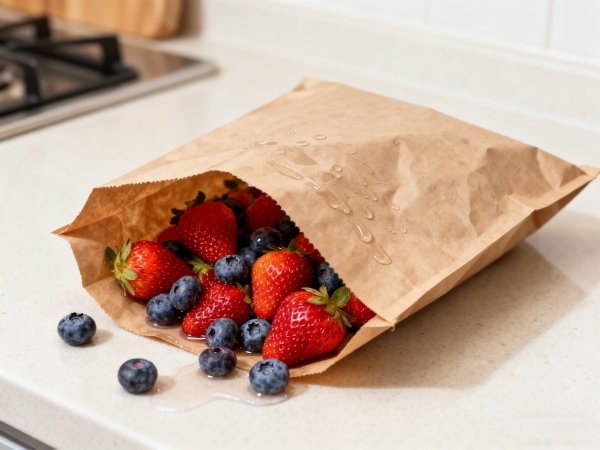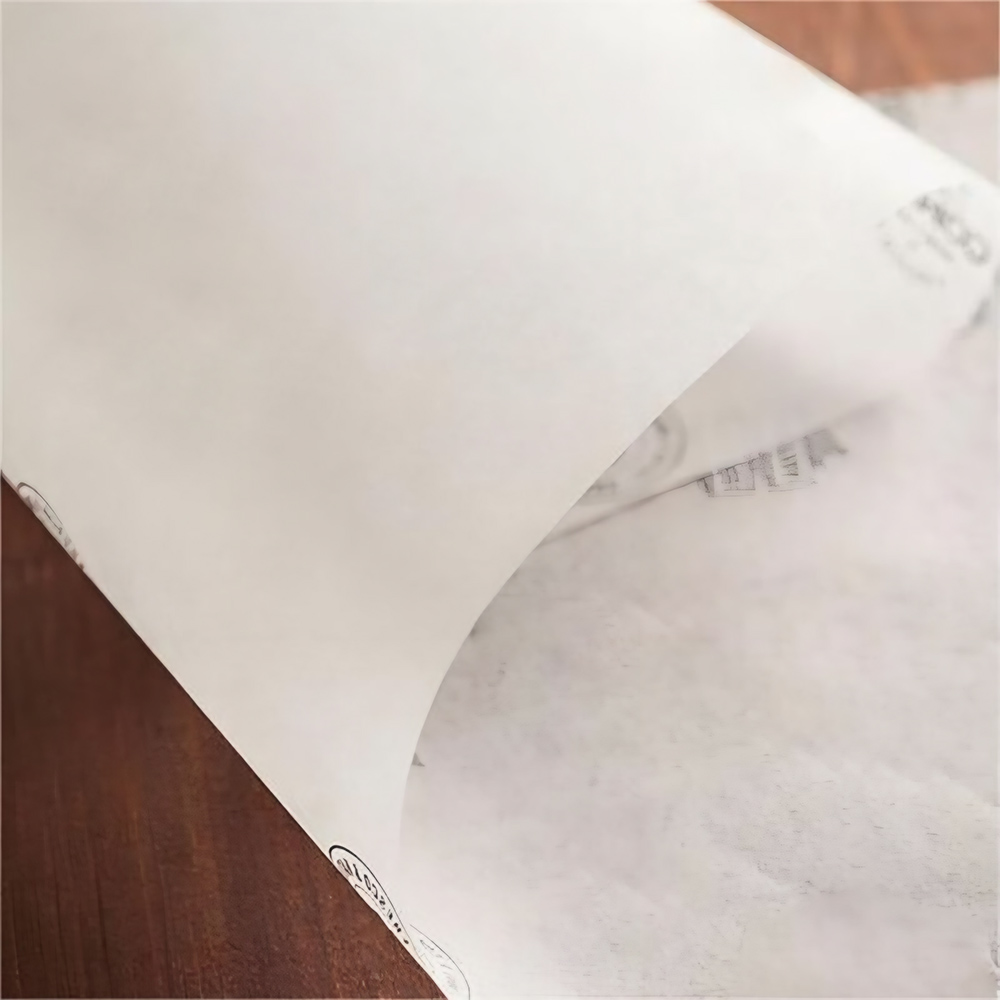The Role of Biodegradable Coating in Paper Packaging
What is Biodegradable Coating and Why it Matters in Paper Packaging
As sustainability continues to reshape the packaging industry, biodegradable coating technology has become one of the most significant innovations in paper packaging. Traditionally, paper used in food or industrial applications needs an additional layer to resist grease, moisture, or water vapor—commonly made from polyethylene (PE) or wax. While these coatings provide good protection, they also make recycling or composting difficult.
Biodegradable coatings, in contrast, are derived from renewable resources such as biopolymers, starches, polylactic acid (PLA), or natural waxes. They serve the same protective function but can naturally decompose under industrial or home composting conditions. This not only enhances the functionality of paper packaging but also aligns with growing environmental regulations and consumer demand for eco-friendly solutions.
How Biodegradable Coating Enhances Paper Performance

A common misconception is that “biodegradable” means “less durable.” In fact, biodegradable coatings can provide comparable—or even superior—barrier properties to traditional coatings. When applied to paper, these coatings form a thin, uniform layer that enhances grease resistance, moisture protection, and surface strength.
For food packaging, this means preventing oil seepage and maintaining structural integrity when in contact with sauces or steam. In non-food applications, biodegradable coatings improve tear resistance and protect printed surfaces from abrasion. Some formulations even allow heat-sealing, enabling manufacturers to replace PE coatings in forming pouches or wrappers without compromising usability.
Types of Biodegradable Coatings Used Today
Today’s market offers several types of biodegradable coatings, each tailored to different packaging needs:
- PLA (Polylactic Acid) Coatings: Derived from corn starch or sugarcane, PLA offers good water resistance and heat-sealability, making it ideal for cups and coated papers.
- PHA (Polyhydroxyalkanoates): A microbial-based polymer with excellent biodegradability in both soil and marine environments.
- Starch-Based Coatings: Cost-effective and widely available, often used for greaseproof wrapping paper or bakery liners.
- Bio-Wax and Resin Coatings: Provide natural water and oil repellency; commonly used in sandwich wraps and food trays.
- Cellulose Derivatives: Such as carboxymethyl cellulose (CMC), offering strong film-forming and print-friendly surfaces.
Each coating type balances factors like barrier strength, compostability, and cost. The right choice depends on the end-use and desired shelf-life performance.
Environmental Benefits of Biodegradable Coated Paper
The shift to biodegradable coatings contributes significantly to the reduction of plastic waste and carbon footprint in packaging. Because these coatings come from renewable raw materials, they reduce dependency on petroleum-based plastics. After use, they can decompose into water, carbon dioxide, and biomass, leaving minimal environmental impact.
Moreover, biodegradable coatings make paper packaging recyclable and compostable, simplifying waste management. Many products with certified coatings comply with standards like EN 13432, ASTM D6400, or OK Compost, ensuring they meet strict biodegradation and eco-toxicity requirements. This compliance not only benefits the planet but also enhances a brand’s credibility and alignment with ESG goals.
Applications Across Food and Non-Food Packaging
Biodegradable coated paper is now widely used across both food and non-food industries. In food service, it’s a preferred choice for greaseproof wraps, baking liners, cups, takeaway boxes, and sandwich papers, offering oil and moisture resistance while maintaining compostability.
Outside the food sector, these coatings are applied in cosmetic boxes, pharmaceutical sachets, and protective industrial papers where moisture or chemical resistance is required. The versatility of biodegradable coatings allows manufacturers to adopt a single sustainable material platform across multiple product lines—reducing complexity and reinforcing their green credentials.
Future Outlook: Toward Fully Compostable Packaging Solutions
As research and technology continue to advance, the industry is moving closer to fully compostable paper packaging systems. Future trends point toward multi-functional coatings that combine high barrier performance with total biodegradability, even in home compost conditions. At the same time, coating application methods—such as aqueous dispersion, extrusion, or curtain coating—are being optimized for energy efficiency and scalability. This evolution will make sustainable packaging more accessible and cost-competitive, accelerating the shift away from plastics. The ultimate goal is a packaging ecosystem where every layer—from paper base to coating—can safely return to nature, closing the loop on material sustainability.
Meet with Kaifeng Greaseproof Paper
Bio-based fluoride-free greaseproof paper Non-biobased fluoride-free greaseproof paper
Product Feature:
Made of 100% raw wood pulp, it is degradable and recyclable, and fully meets the food safety standards of China, the United States and Europe.
Product Application:
French fries, fried chicken and other oily food packaging

